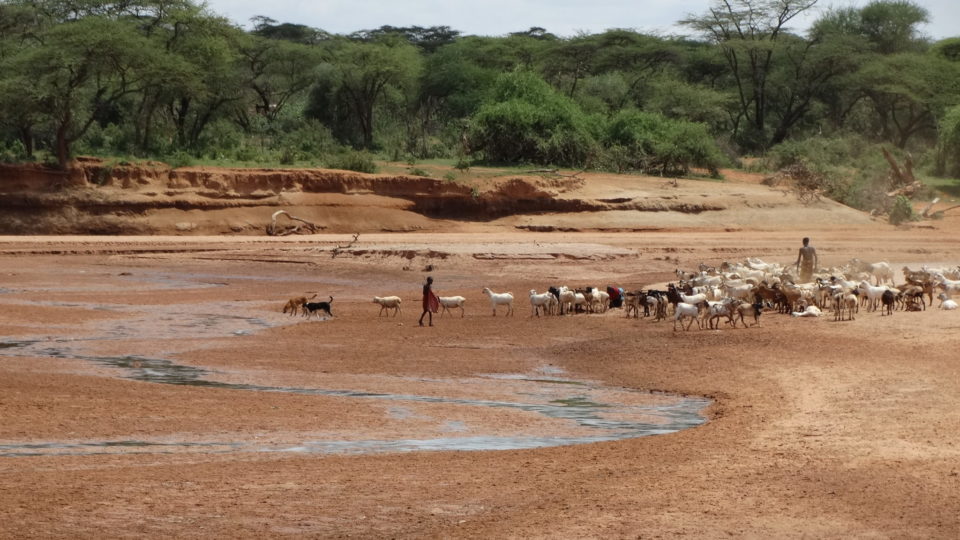As the climate is changing, we need to take better care of our wetlands – they are the front line of our defence! The world has become a more turbulent and uncertain place to live and catastrophic consequences of extreme weather events have increased. This means that the close link between the resilience of people, the changing climate and the resilience of ecosystems has come into sharper focus. Since the 1970s we have lost 35% of the world’s wetlands. We need to work together to reverse this trend; inhabitants of wetlands need to be aware of the value of wetlands, and take action to protect, conserve and use their wetlands wisely and sustainably. However, we all need to be part of the solution and work together with governments, businesses, private sector, indigenous people, local communities and NGO’s like ours.
But what are we doing about it; To draw attention to the impact of climate change on wetlands, Wetlands International Eastern Africa on 2nd February 2019 joined the world in raising awareness about the critical role wetlands play in a changing climate through a series of activities planned across 3 different countries.
Ethiopia
A head of World Wetlands day, Wetlands International Ethiopia held a ten-day intensive training for stakeholders drawn from different organisations in Ethiopia on negotiation skills for a sustainable wetlands’ management. This programme was designed to help participants acquire key skills for stakeholder engagement and negotiations, using the Mutual Gains Approach, to support their efforts to better secure biodiversity conservation and wise use of wetlands while contributing to a better, more sustainable world. The participants learned fast hand a clear and useful framework of principles, strategies, and tools that integrate these skill sets through a carefully designed series of presentations, discussions, simulations and exercises. One of the tool for the training was the effective engagement of (multiple) stakeholders in a landscape approach, where various interests need to be brought together (negotiated), e.g. to negotiate agreements, initiatives and partnerships that deliver economic, environmental and social benefits.
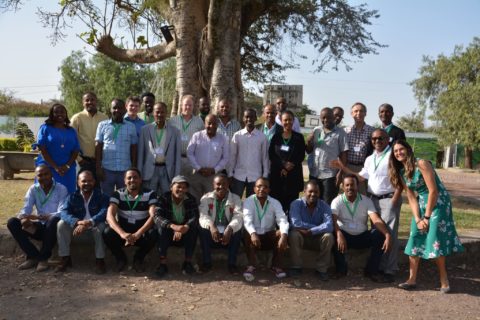
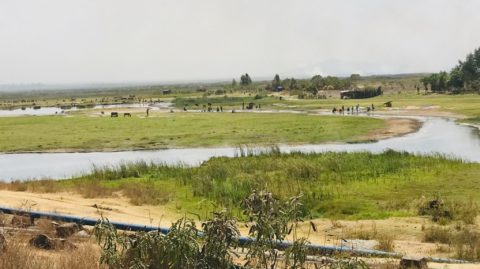
Kenya
In Kenya the celebrations focused on the conservation of the Ewaso Narok Swamp also known as Marura. A camel caravan and a community forum was organized onsite to discuss issues the wetland was facing and how they can better conserve it, while at the national level a high level panel discussion was organized that’s focused on raising awareness about the linkage between wetlands conservation and climate change mitigation, create a greater understanding of the different roles stakeholders can play, and inspire action towards global climate change action. Besides the celebration, we also organized a photography and creative art competition dubbed Digital Wetlands Innovation contest for the public with participants drawn from all over the country sharing their experience on the impacts of climate change on a wetland near them. The contest attracted many entries and identified three winners in the photography and creative art category. See below the award-winning images;
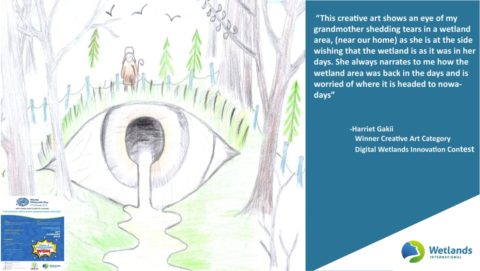
Harriet Gakii sought to tell her story about wetlands and climate change through the eyes of her grandmother. Congratulations Harriet for winning creative art category for 2019
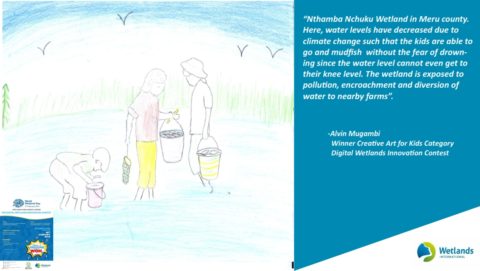
Alvin Mugambi is an 11 year old boy, who, despite being unhappy that his home wetland is drying up, chose to draw an amazing piece of art showing the critical role Wetlands play. Join us in appreciating Alvin, the winner of the Creative Art Contest-Kids Category

Congratulations Justice Baya from Mariakani,Kilifi county for winning Photo Category for the 2019
Tanzania
On another hand the Tanzania team in collaboration with district authority and trainers from Mangrove Action Project organized a 10 days training for different mangrove forest community leaders living in the delta, a local NGO and the Tanzania Forest Service on MAP’s Community-Based Ecological Mangrove Restoration (CBEMR)– an alternative, approach to mangrove rehabilitation . This holistic, science-based approach encourages practitioners to mitigate mangrove stressors to facilitate natural mangrove regeneration. This is achieved by working and researching with the local communities to understand all social and technical challenges affecting the restoration site, including site hydrology, soil elevation relative to sea level, locally thriving species, and pressures on mangroves. With reference to a local, natural mangrove which can act as benchmark, all stakeholders mapped, discussed, planned and agreed the courses of action necessary, including alternative livelihoods that can be adopted and other social measures as well as on-site amendment of hydrology and topography. See more here CBEMR training photos

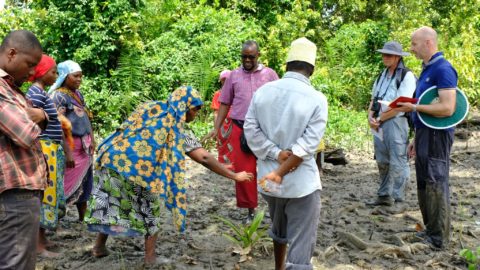
Wetlands are the world’s biggest natural carbon stores, they help protect us from coastal storms, absorb floods and act as water sources during dry spells. With wetlands in better conditions, food and water supply will be more secure; floods and drought won’t need to spell disaster and we can better adjust to climate change. With over 2000 designated Ramsar sites, wetlands are under great threats from human activities and thus creating a need to reverse the trend. this can be fully achieved if wetland inhabitants and all stakeholders take action to protect, conserve and use their wetlands wisely and sustainably. This will help us retrieve the estimated 64 to 71 per cent decline in the global extent of wetlands since the turn of the 20th century.

